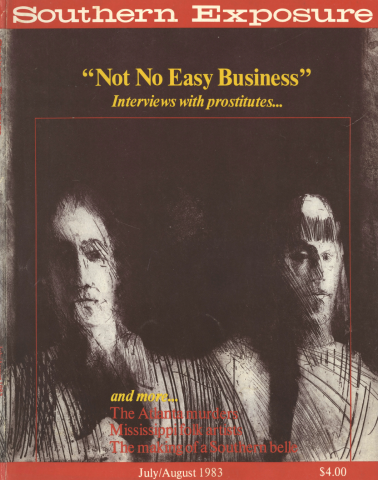American Heretic

This article originally appeared in Southern Exposure Vol. 11 No. 4, "'Not No Easy Business:' Interviews with prostitutes." Find more from that issue here.
When Jim Dombrowski, a young, Ivy League-educated chaplain, found himself falsely arrested and jailed as a party the murder of the chief of police of Gastonia, North Carolina, during the violent textile mills strike there in 1929, he discovered the religious work for which he was best suited. He spent the remainder of his life waging an ardent war against segregation and for social and economic justice.
His strong leadership role in such organizations as the Highlander Folk School in Tennessee (which he helped found) and the Southern Conference for Human Welfare (and its affiliate, the Southern Conference Educational Fund), made him a target of a Senate subcommittee investigation and of constant attack by the Ku Klux Klan and the House Un-American Activities Committee.
Despite the attention given him because of his controversial career, Dombrowski was a shy, private person. In his last decades, he concentrated on his art, expressing on canvas the ideals he pursued throughout his life. By the time of his death at age 86 in New Orleans in May, 1983, he had made significant contributions toward social change as a civil rights pioneer, a theologian, a journalist, and a visual artist.
For more on the life and art of Jim Dombrowski, see “American Heretic,” Southern Exposure Vol. X, No. 4, 1982.